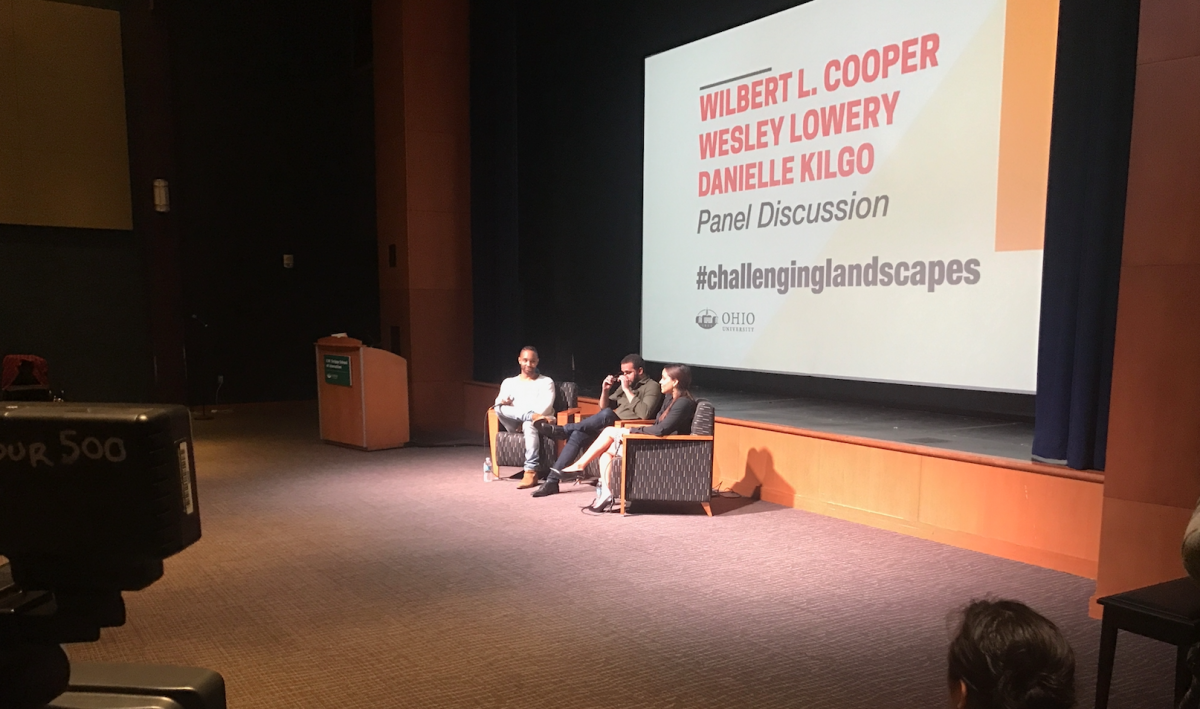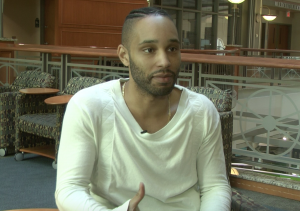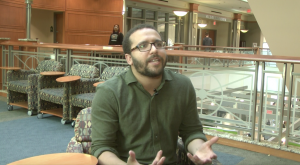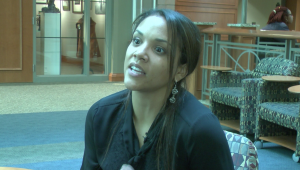
Media and Race Highlight the 2017 Schuneman Symposium
By: Brett Hanebrink
Posted on:
ATHENS, Ohio –
Topics of media and race took center stage Wednesday afternoon at the 2017 Schuneman Symposium. Notable alumni from the Scripps School of Journalism came back to Ohio University to discuss how race works within journalism and other types of media. This marked the final day of the symposium that was hosted in the Baker University Center Theatre. The day was headlined by three professional journalists with close ties to the African American community.
Wilbert Cooper, now senior editor for Vice Media, Inc., focused on the importance of storytelling. He called for newsrooms to become more diverse, reflecting the communities they serve, and pointed to misrepresentations by media groups in covering stories in predominantly black areas.
“If journalism’s function is to be the fourth estate, and to be a critique to power and represent the interests of the American people, then the American people need to be represented in the newsroom,” he said.

Wes Lowery, a graduate of the E.W. Scripps School of Journalism, agreed with Cooper on the disconnect between minority communities and newsrooms. Lowery is a Pullitzer Prize winning reporter for the Washington Post who sees journalism as an industry falling behind the nation’s changing demographics.
“Like many industries, it’s long been run by better-off white men,” he said. “Not necessarily people from working-class backgrounds, not people necessarily with less college education, and not necessarily those from minorities, who are women or other marginalized groups.”

Danielle Kilgo, a doctoral student at the School of Journalism at the University of Texas-Austin, focused on police brutality and social issues within media such as the death of Michael Brown and the riots in Ferguson, Mo. She said she saw the media trying to shoot the most eye-popping video possible, without regard to accurate storytelling. She said the protests offered more journalistic value.
“There’s crying, there’s yelling, there’s discussion, there’s feedback, there’s all kinds of things that are happening,” she said.
If that had been captured, she said the storytelling would have been better.

The common message from the speakers was encouraging togetherness and creating a more diverse field of journalism.

